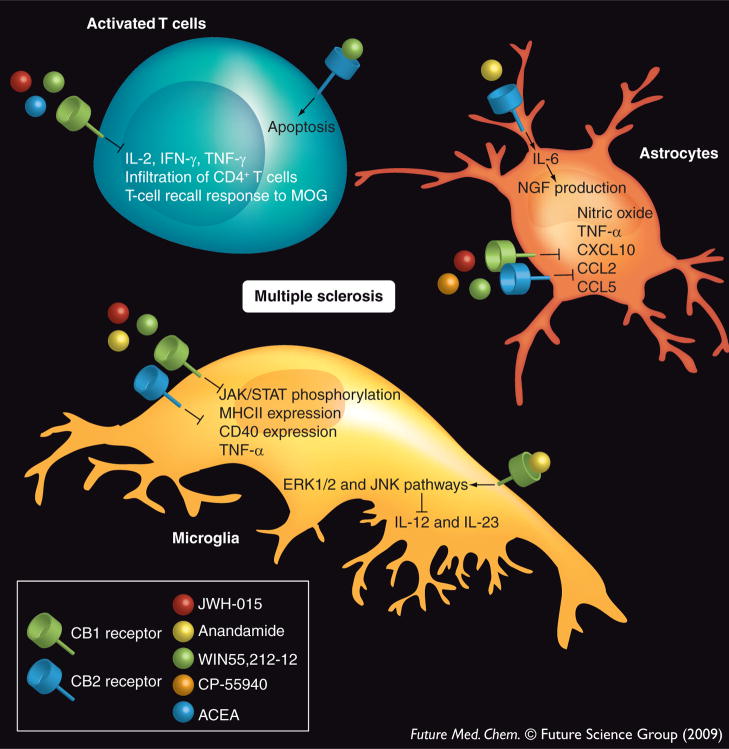Figure 1. Cannabinoids and multiple sclerosis.
The three main cell types that are involved in demyelination of the nerve fibers and axons in the CNS include activated T-cells, microglia and astrocytes. In activated T-cells, treatment with WIN 55,212-12, AEA and JWH-015 has been shown to inhibit cytokine production, infiltration of cells into the spinal cord and in vitro recall response to myelin oligodendrocyte glycoprotein by T-cells. Cannabinoids also inhibit the antigen presenting abilities of microglia by downregulating MHCII expression, costimulatory molecule CD40 expression, as well as cytokine secretion. Astrocytes, the major cell population in the brain, are also affected, as cannabinoid binding to the receptors leads to inhibition of inflammatory molecules, such as nitric oxide, cytokines and chemokines. In addition, anandamide binding leads to secretion of neural growth factor secretion and protection of the neurons in the CNS.
ACEA: Arachidonyl-2-ethylamide; NGF: Neuronal growth factor.

